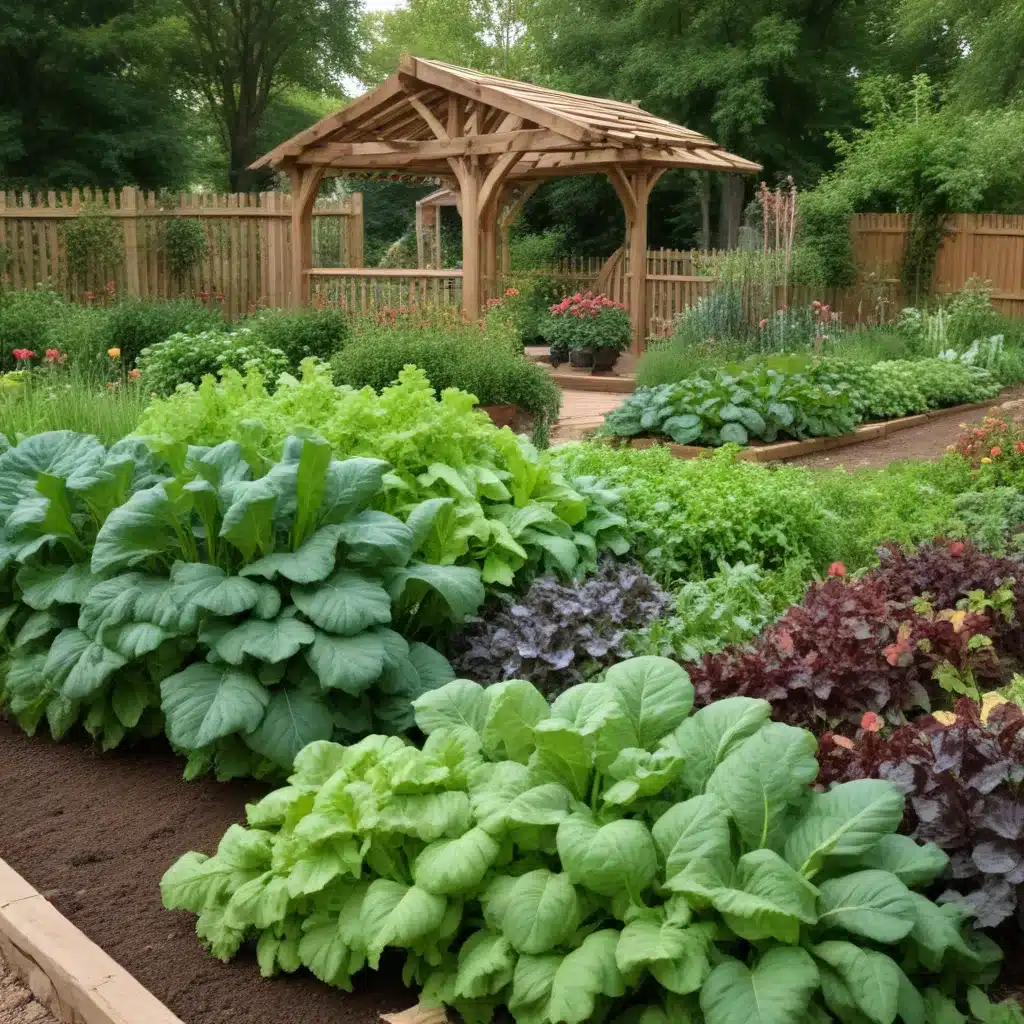
Backyard Bliss: Creating a Bountiful Vegetable Garden
Whether you’re an experienced gardener or just discovering the joys of growing your own food, a successful vegetable garden can be a source of immense satisfaction, healthy nourishment, and quality family time. At Crooked Pines Farm, we believe that cultivating a vibrant backyard oasis is within reach for anyone willing to put in a little time and effort. From planning the layout to preserving the harvest, we’re here to guide you through every step of the process.
Site Selection and Preparation
The first step in creating your dream vegetable garden is choosing the right location. Seek out an area that receives at least six hours of direct sunlight per day—most vegetable crops thrive in full sun. Raised beds are an excellent option, as they allow you to control the soil quality and improve drainage. If you’re working with in-ground beds, be sure to amend the soil with nutrient-rich compost or aged manure before planting.
Soil Optimization
Healthy, fertile soil is the foundation of a productive garden. To assess your soil’s nutrient levels, consider conducting a simple pH test. The ideal pH range for most vegetables falls between 6.0 and 7.0. If your soil is too acidic or alkaline, you can adjust it by adding lime (to raise pH) or sulfur (to lower it). Incorporating organic matter, such as compost or well-rotted leaves, will also improve soil structure and water-holding capacity.
Garden Layout
Carefully planning the layout of your garden can maximize both efficiency and aesthetics. Raised beds make excellent use of limited space and allow for easy access. When designing your layout, consider incorporating companion planting strategies, where certain crops are grown in close proximity to benefit each other. For example, planting marigolds around the perimeter can help deter pests, while nasturtiums draw aphids away from your vegetable plants.
Choosing Appropriate Crops
The joy of growing your own produce lies in the ability to cultivate a diverse array of fresh, flavorful vegetables. When selecting your crops, consider your climate, available growing space, and personal preferences. Cool-weather crops like lettuce, spinach, and radishes are excellent choices for early spring and fall plantings, while heat-loving tomatoes, peppers, and eggplants thrive in the summer months.
Seed Selection and Sowing
Sourcing high-quality, non-GMO seeds is crucial for a successful garden. Look for reputable, local seed companies that offer varieties well-suited to your growing region. When sowing seeds, follow the instructions on the packet for proper depth and spacing. Succession planting, where you sow new crops every two to three weeks, can extend your harvest.
Companion Planting
Incorporating companion planting strategies can dramatically improve the health and productivity of your garden. By pairing certain vegetables together, you can deter pests, encourage beneficial insects, and maximize the use of limited space. For example, planting basil alongside your tomatoes can repel aphids and spider mites, while radishes can loosen the soil for carrots.
Irrigation and Drainage
Maintaining consistent, adequate moisture is essential for healthy plant growth. Drip irrigation systems and soaker hoses are excellent water-saving options, as they deliver water directly to the root zone with minimal evaporation. Ensuring proper drainage is also crucial, as waterlogged soil can lead to root rot and other issues.
Fertilization and Amendments
Regularly feeding your plants with organic fertilizers and soil amendments will ensure they have the necessary nutrients for vigorous growth and abundant harvests. Compost is an excellent all-purpose amendment, providing a balanced mix of macro- and micronutrients. Bone meal and rock phosphate can enhance root development, while greensand and kelp meal supply important trace minerals.
Pest and Weed Management
Staying on top of pest control and weed management is crucial for a thriving vegetable garden. Use row covers and companion planting to deter pests, and consider introducing beneficial insects like lacewings and ladybugs to help control aphids and other garden pests. For weeds, consistent mulching and hand-pulling can help reduce competition for resources.
Timing the Harvest
Knowing when to harvest your vegetables is key to ensuring the highest quality and maximum flavor. Pay attention to the specific maturity times listed on your seed packets, and use visual cues like size, color, and firmness to determine the optimal harvest window. Regularly checking your garden and harvesting crops at their peak will encourage continued production.
Handling and Storage
Proper handling and storage of your freshly harvested produce is crucial for preserving quality and extending shelf life. Gently wash your vegetables, taking care not to bruise or damage them. Refrigeration is essential for most crops, while root vegetables and winter squash can be stored in a cool, dark place for several months.
Extending the Season
With a little creativity and the right tools, you can extend your vegetable garden’s growing season well beyond the initial spring and summer months. Cold frames, row covers, and greenhouses can protect your plants from frost, allowing you to enjoy a bountiful harvest well into the fall and even winter. Canning, freezing, and dehydrating are also excellent ways to preserve your garden’s abundance for year-round enjoyment.
As you embark on your backyard gardening journey, remember to have fun and embrace the learning process. Experimentation is key, so don’t be afraid to try new varieties, techniques, and approaches. With a little patience and a lot of love, your vegetable garden will flourish, providing your family with a steady supply of fresh, nutritious produce and the priceless rewards of homegrown goodness. Happy growing!


